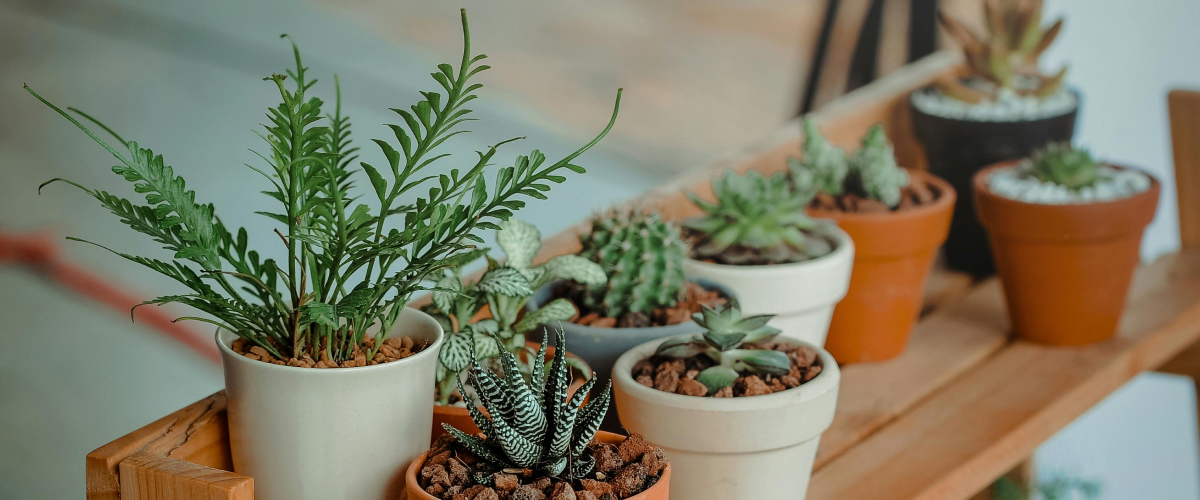As a pet owner, ensuring your home is a safe space for your furry companions is a top priority. While plants bring beauty and a sense of calm to your living environment, many common varieties pose serious health risks to pets. Cats and dogs are especially curious, often nibbling on plants without knowing the potential dangers. Here’s a guide to help you identify toxic plants and protect your beloved animals.
1. Lilies: A Deadly Threat for Cats
Lilies are beautiful and fragrant, making them a popular choice for gardens and flower arrangements. However, they are highly toxic to cats. Even a small ingestion of the leaves, petals, or pollen can cause severe kidney failure in felines. If you have cats, it’s best to avoid lilies altogether.
2. Sago Palm: A Danger for Both Dogs and Cats
Sago palms are a striking addition to homes and gardens, but every part of this plant is poisonous, especially the seeds. Ingesting it can lead to vomiting, diarrhea, liver failure, and even death in both cats and dogs.
3. Aloe Vera: Healing for Humans, Harmful for Pets
Aloe vera is prized for its healing properties, but it’s a hidden hazard for pets. While beneficial for human skin, ingestion by cats or dogs can cause vomiting, diarrhea, and lethargy due to the saponins and anthraquinones it contains.
4. Tulips and Daffodils: Pretty but Perilous
Tulips and daffodils add a burst of color to any garden, but they contain harmful alkaloids. Ingestion of bulbs, leaves, or flowers can lead to drooling, nausea, and increased heart rate. Dogs, in particular, are drawn to digging up and chewing on bulbs, which are the most toxic part.
5. Dieffenbachia: A Common Household Hazard
Also known as Dumb Cane, Dieffenbachia is a popular houseplant due to its low maintenance. However, it contains insoluble calcium oxalates that can cause severe oral irritation, drooling, and difficulty swallowing if ingested by pets.
6. Oleander: A Silent Killer
Oleander is a stunning but dangerous ornamental shrub. It contains cardiac glycosides, which can lead to heart issues, vomiting, and even death if consumed by cats or dogs. Keep this plant far from your pet’s reach.
How to Protect Your Pets
- Know Your Plants: Identify all the plants in your home and garden. Research their potential toxicity to pets.
- Create Safe Zones: Place toxic plants in areas your pets cannot access, such as high shelves or closed rooms.
- Use Pet-Safe Alternatives: Opt for non-toxic plants like spider plants, Boston ferns, or areca palms to beautify your home without posing risks.
- Emergency Preparedness: Familiarize yourself with symptoms of plant poisoning and keep the contact information for your veterinarian and local animal poison control center handy.
Conclusion
Your pets rely on you to keep them safe, and being mindful of the plants in your home is an important step. By removing toxic plants or ensuring they are out of reach, you can create a secure and pet-friendly environment. A little caution goes a long way in protecting your furry friends from harm.

